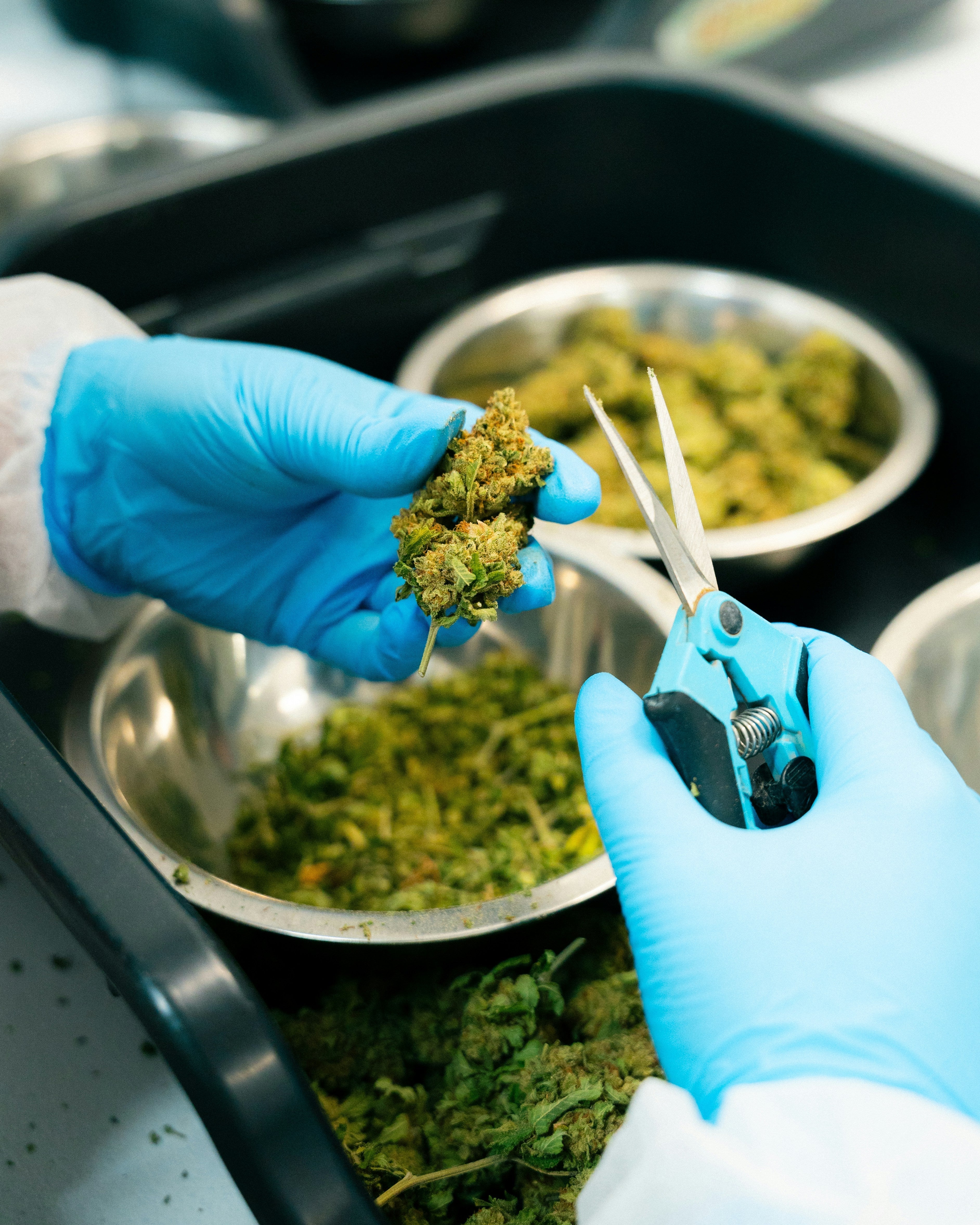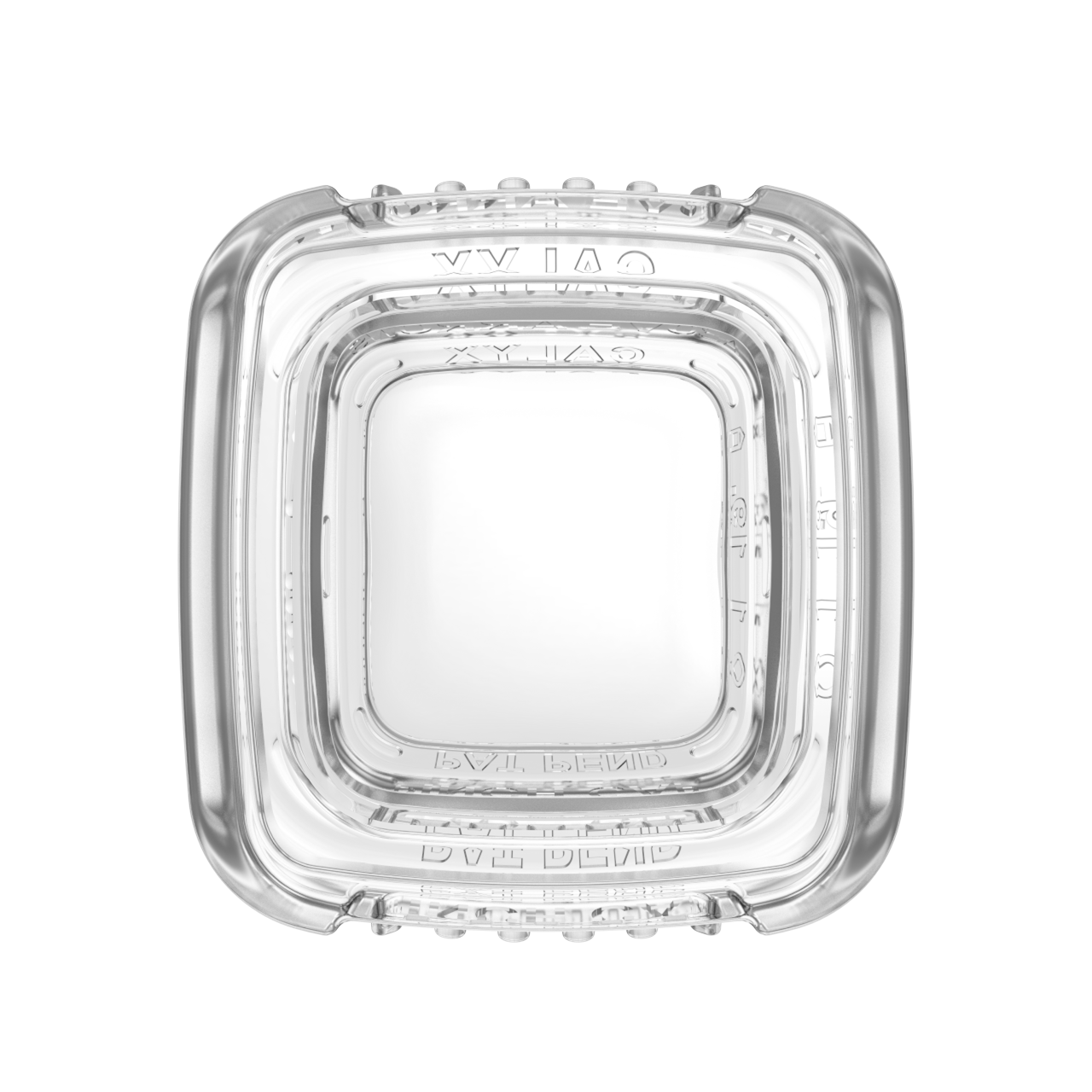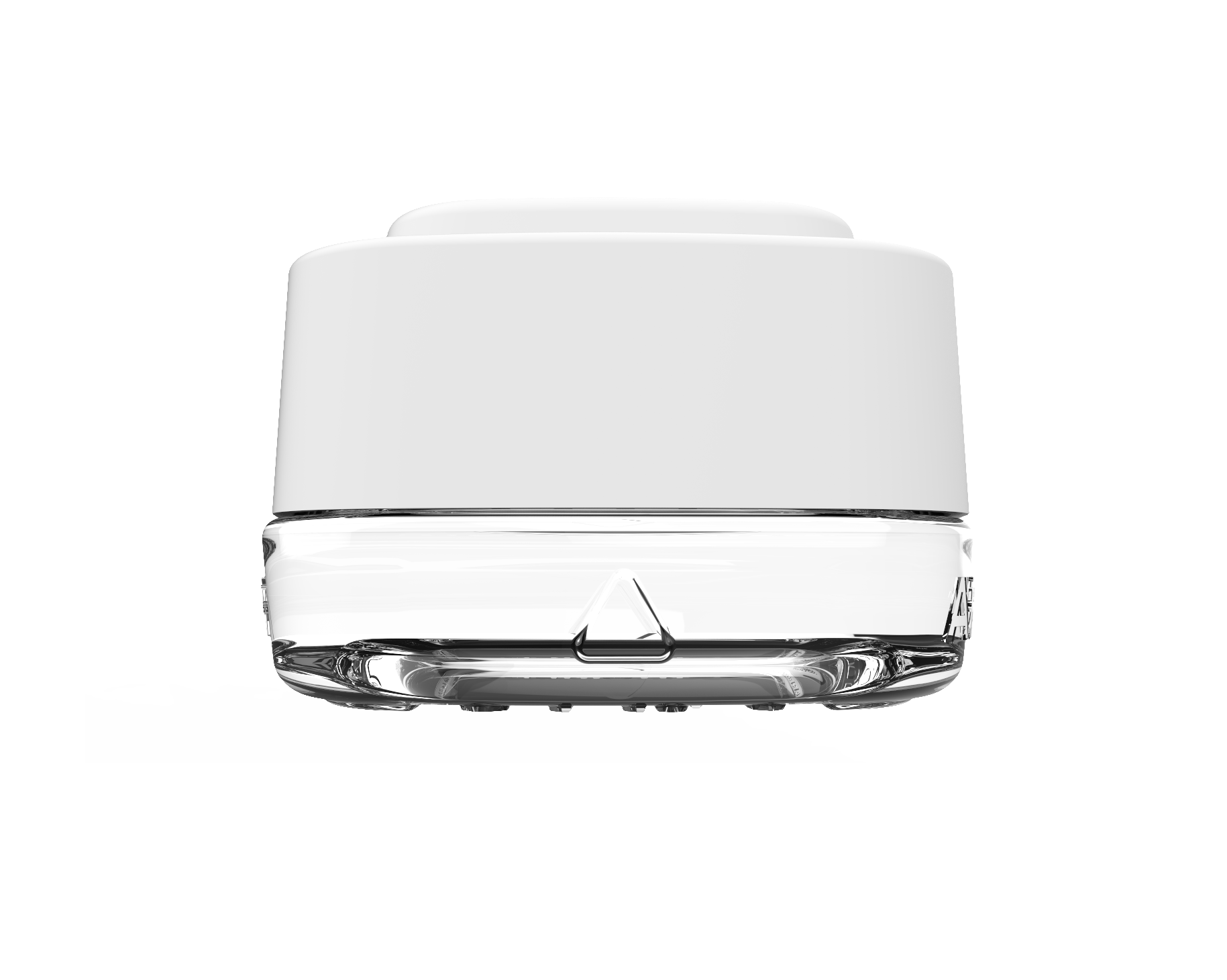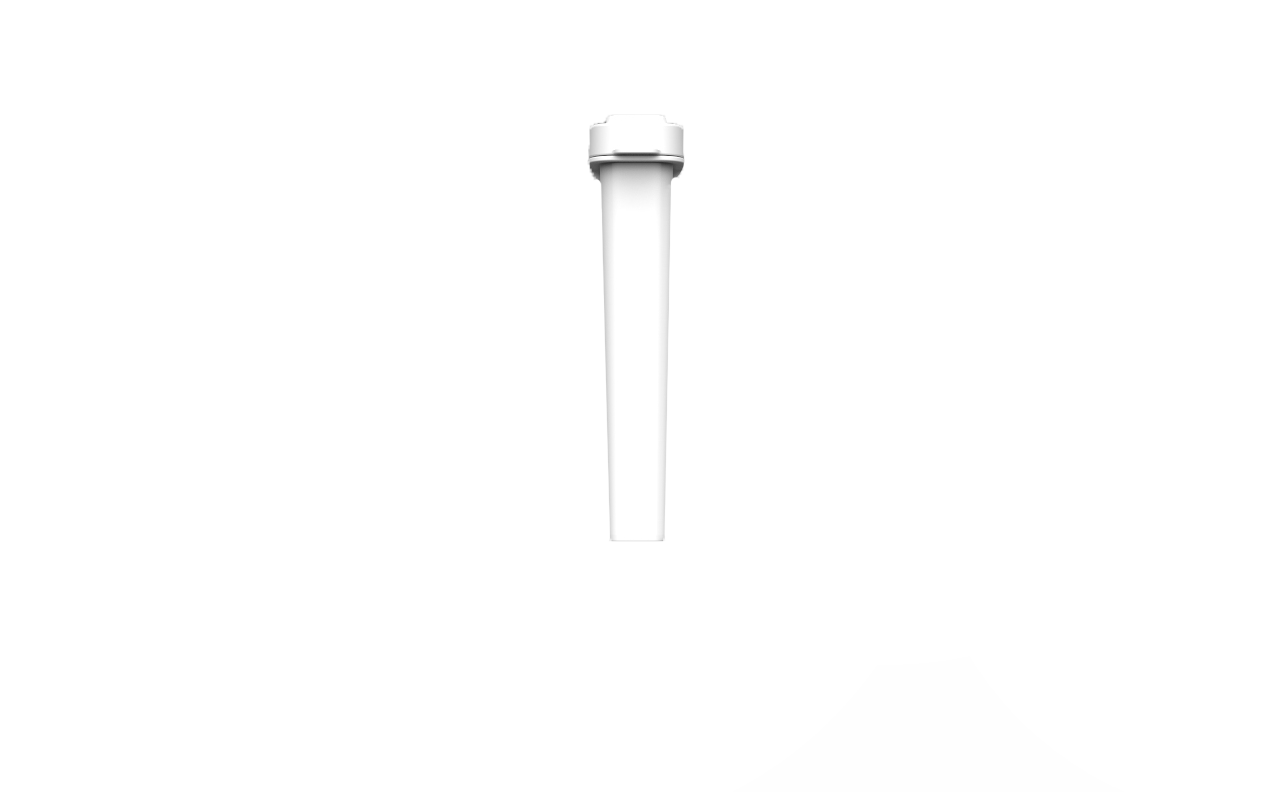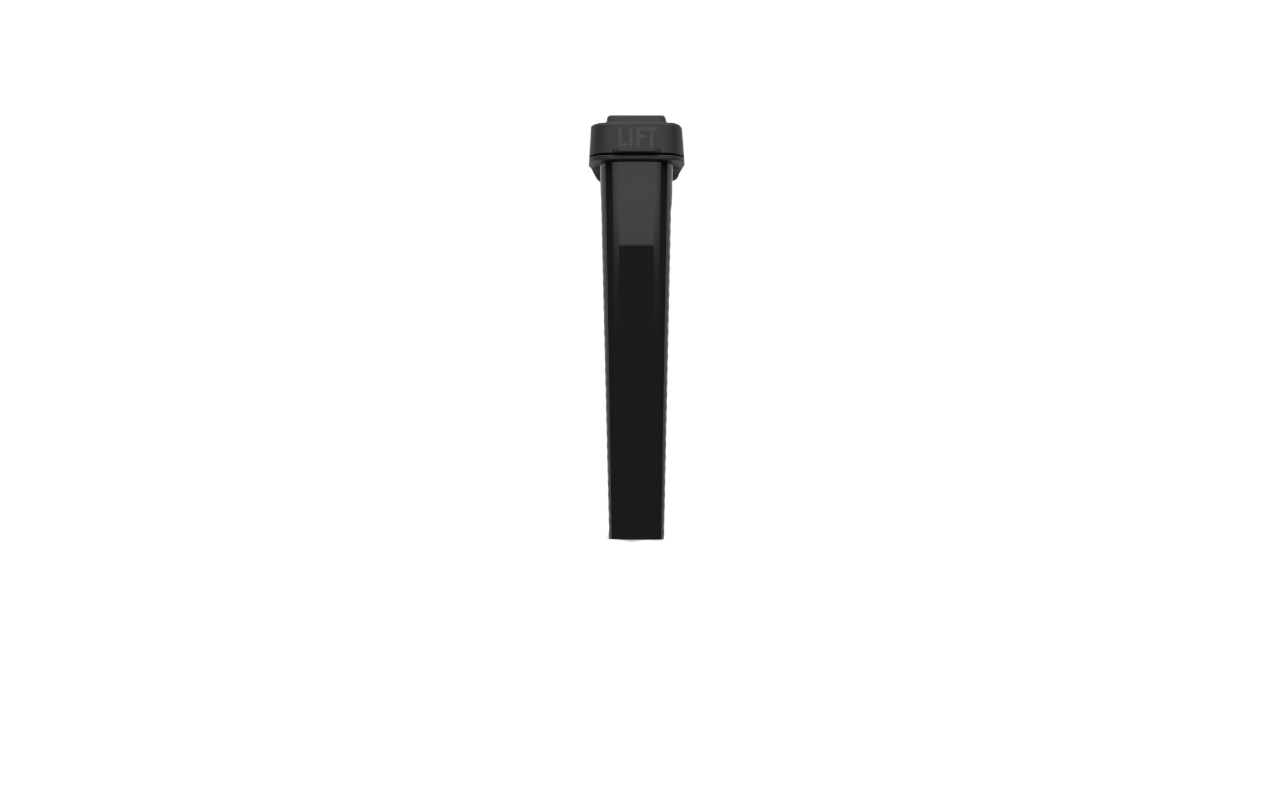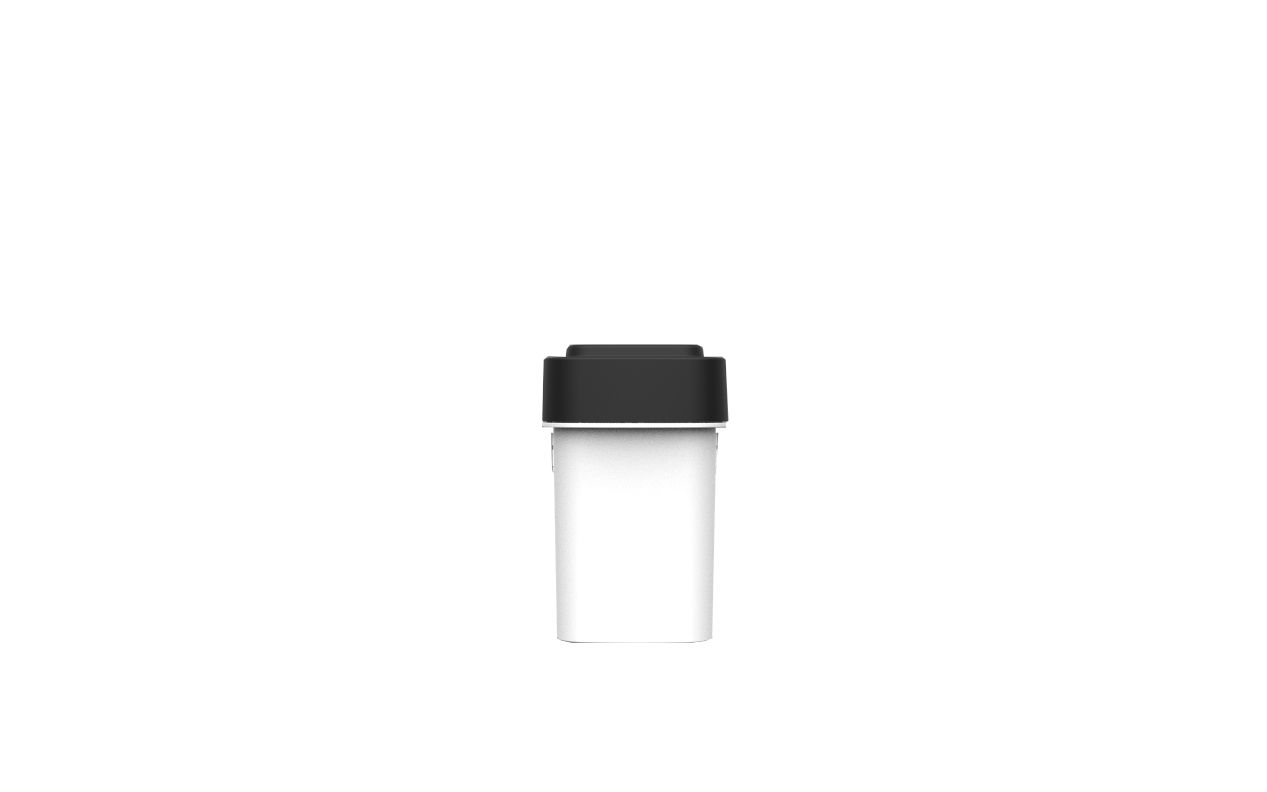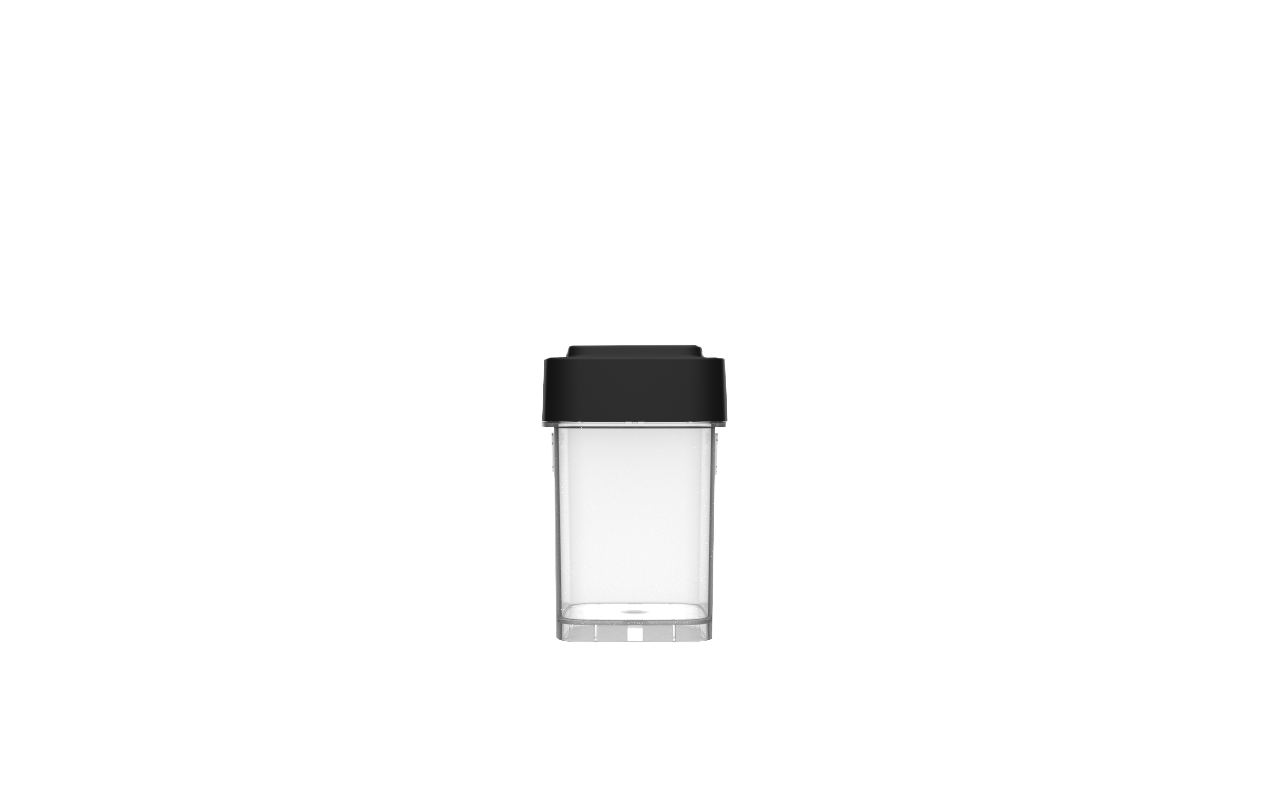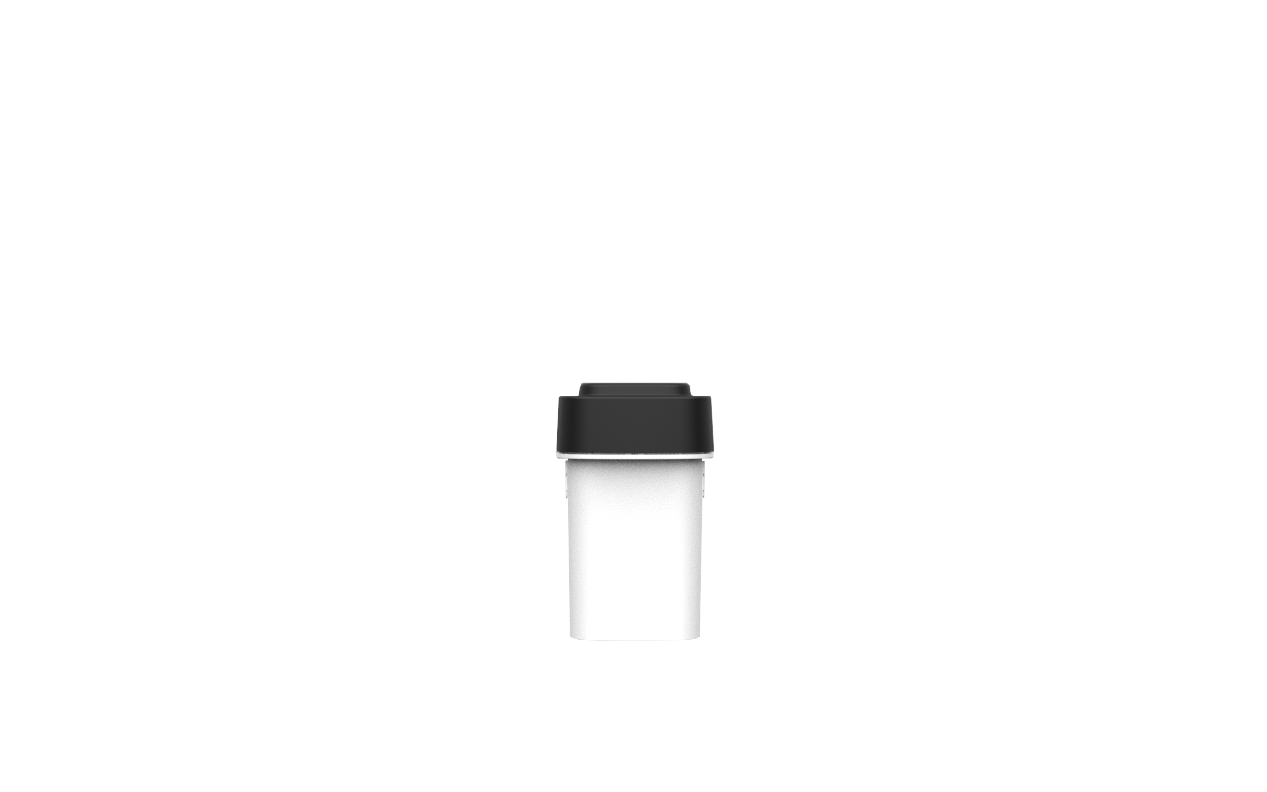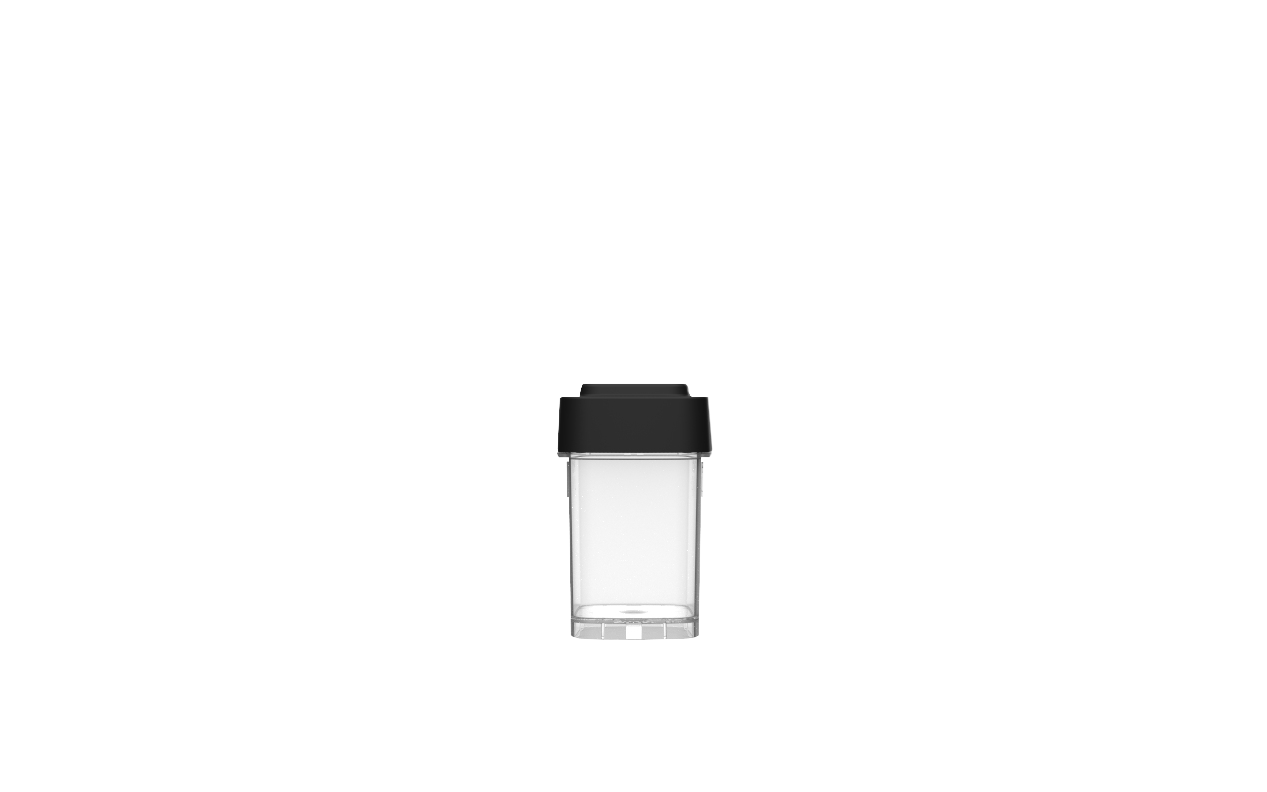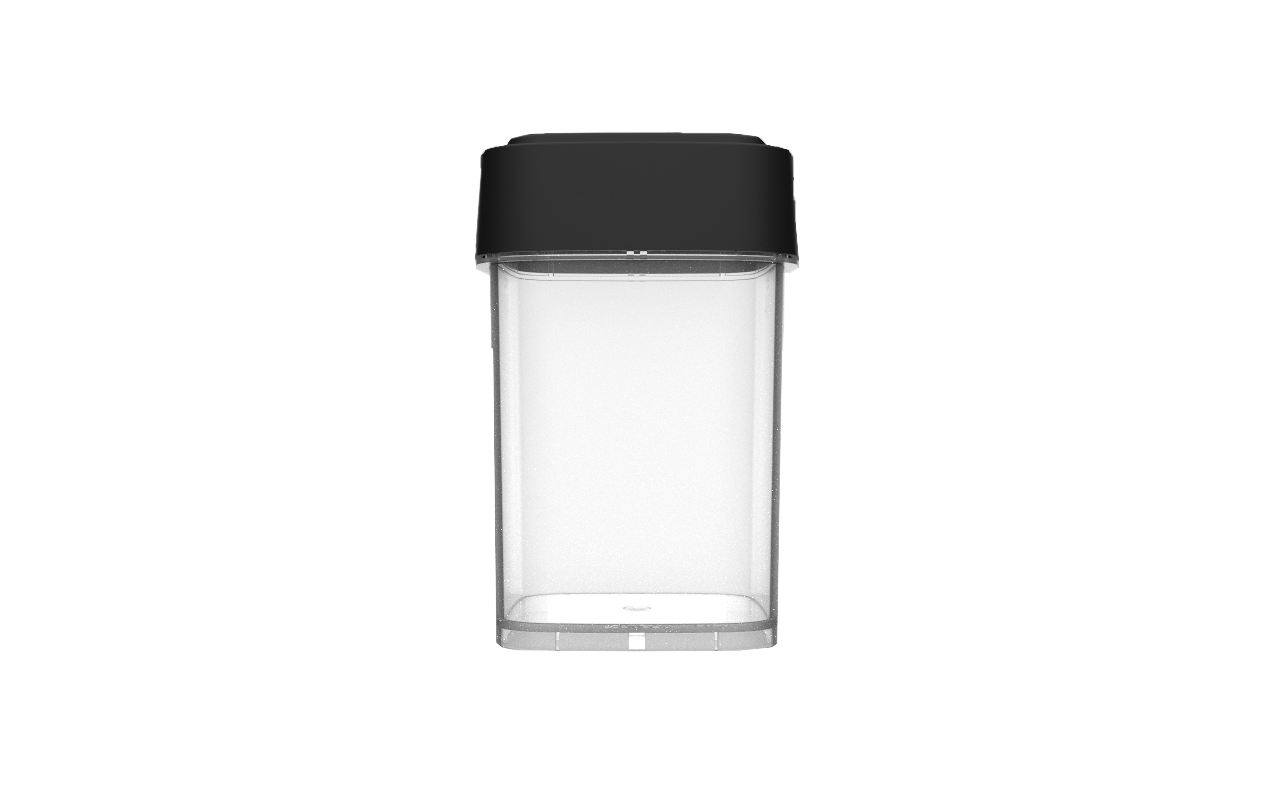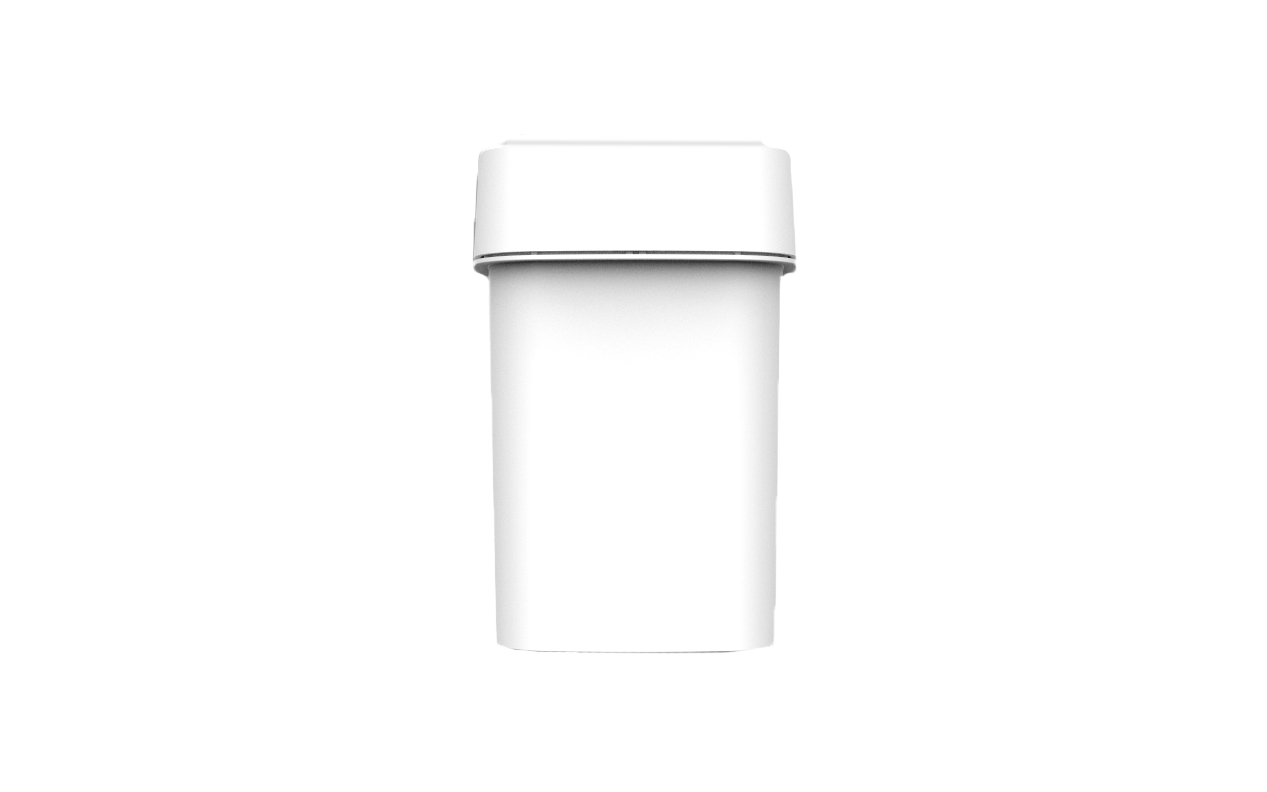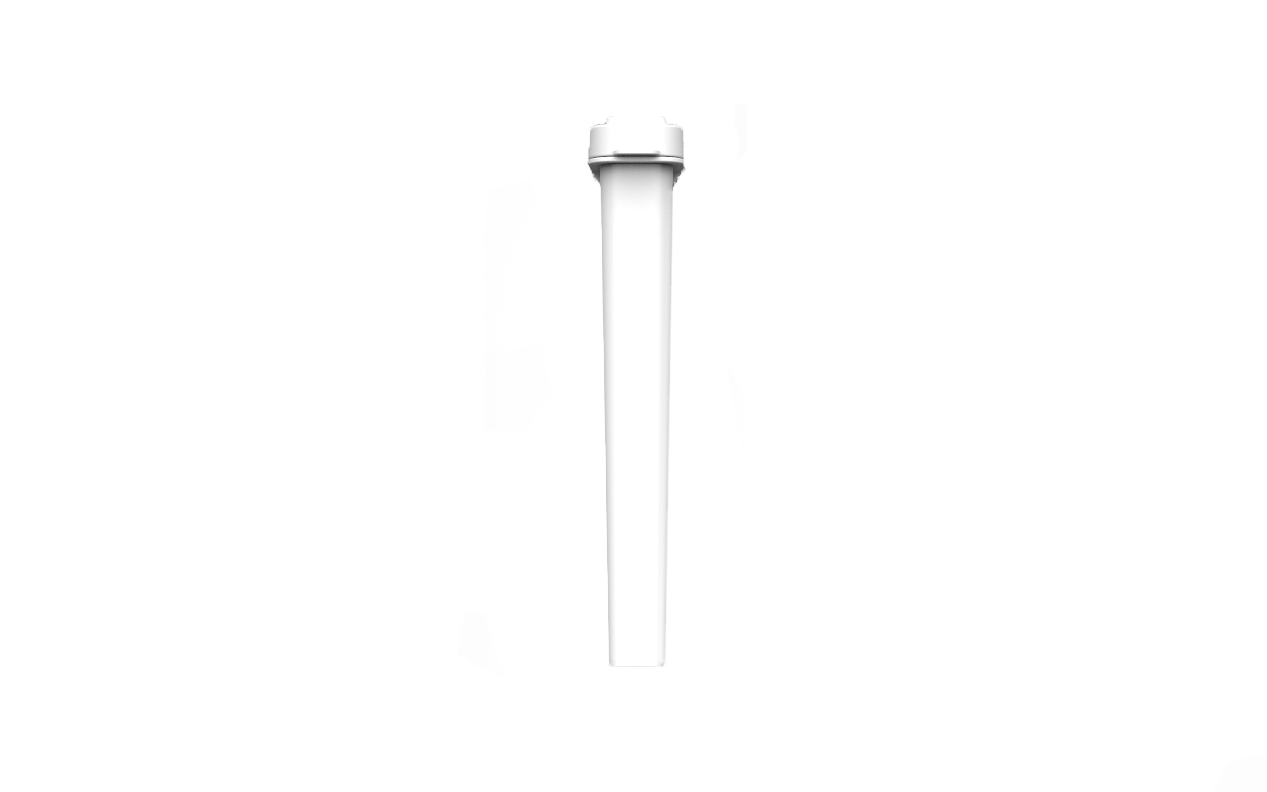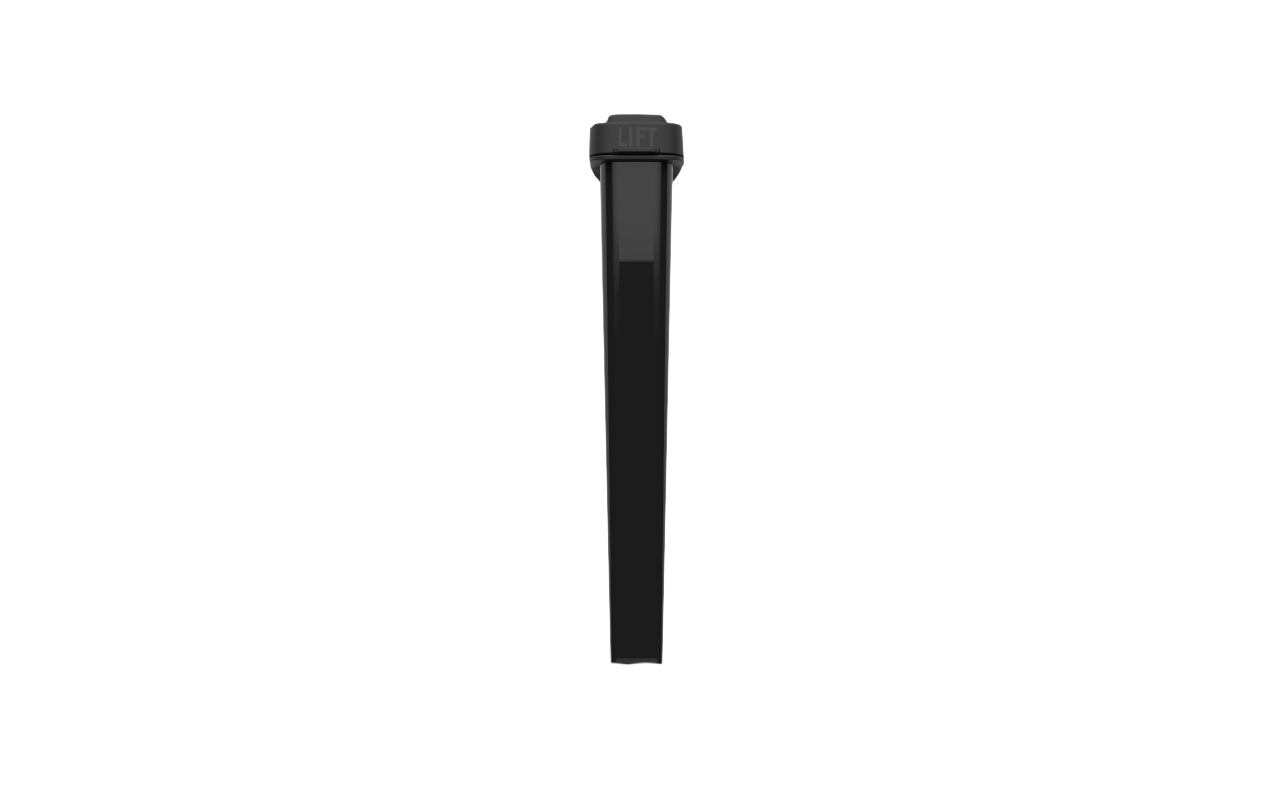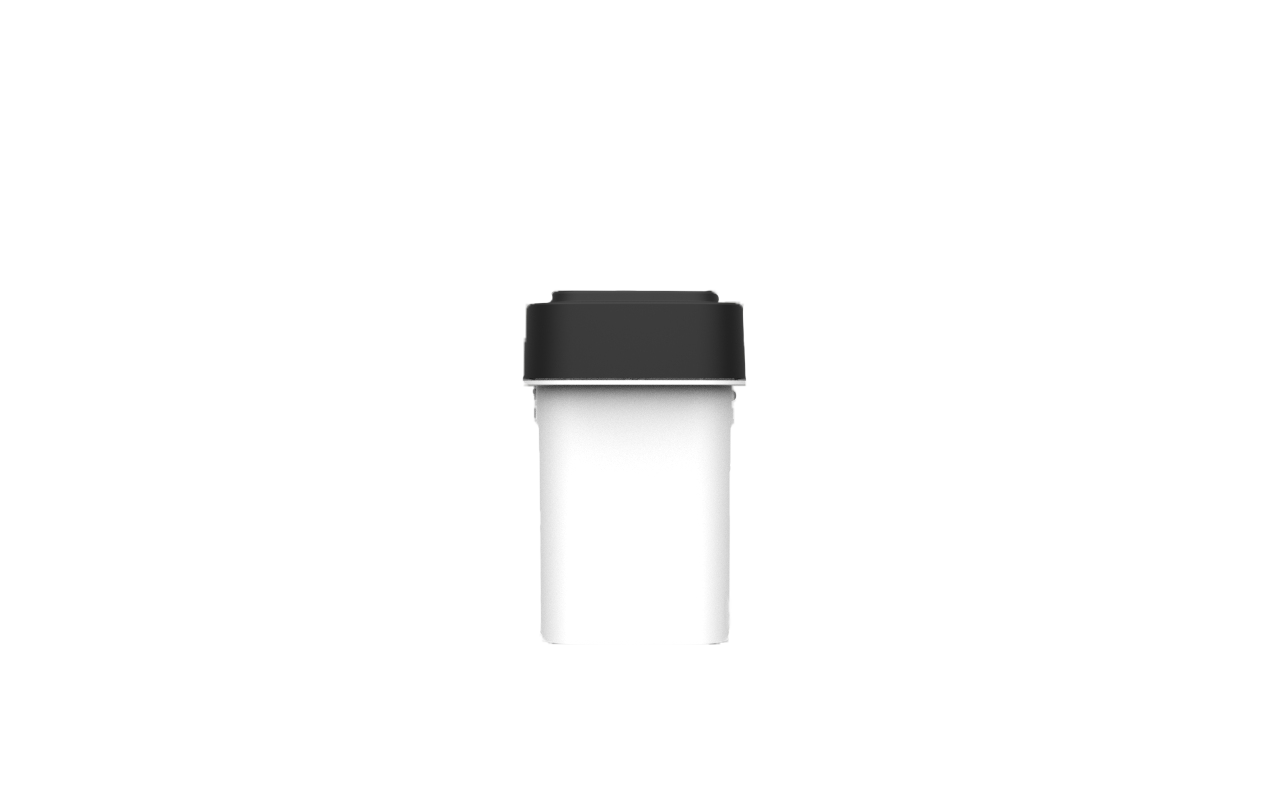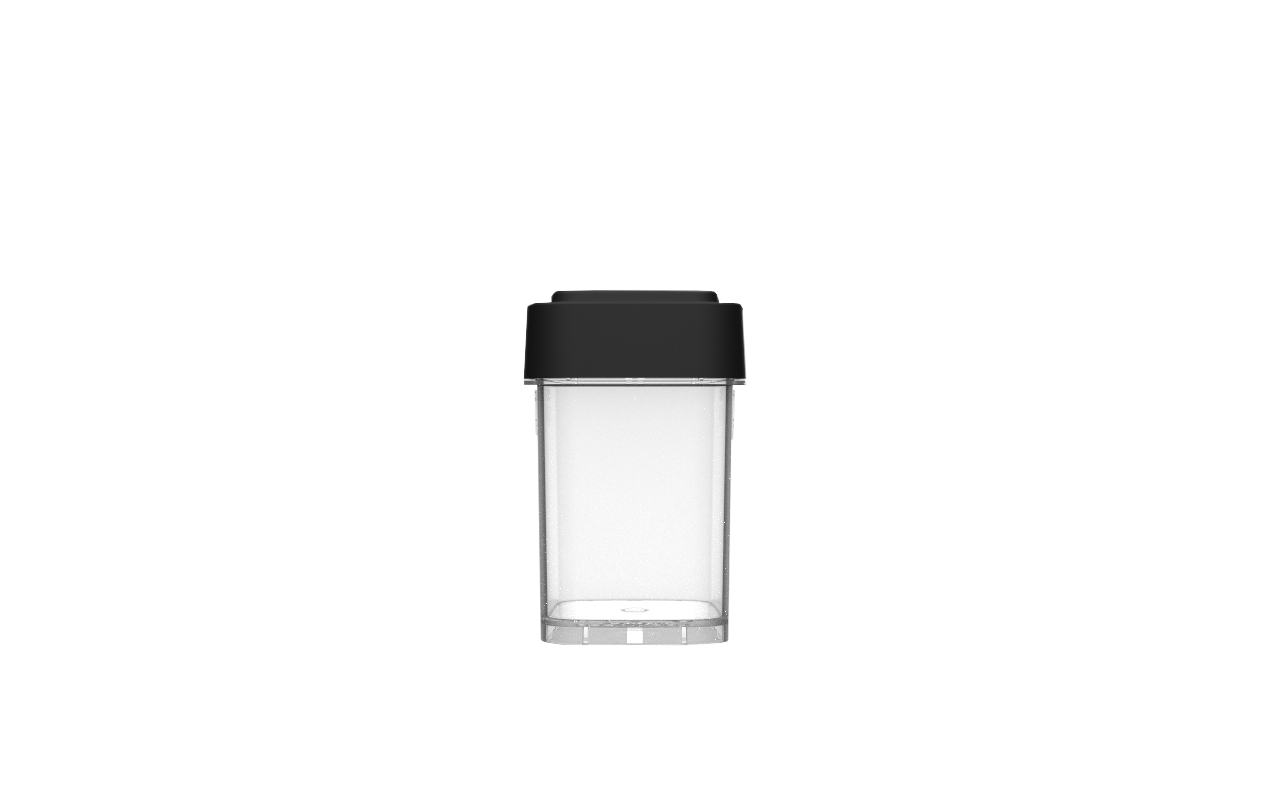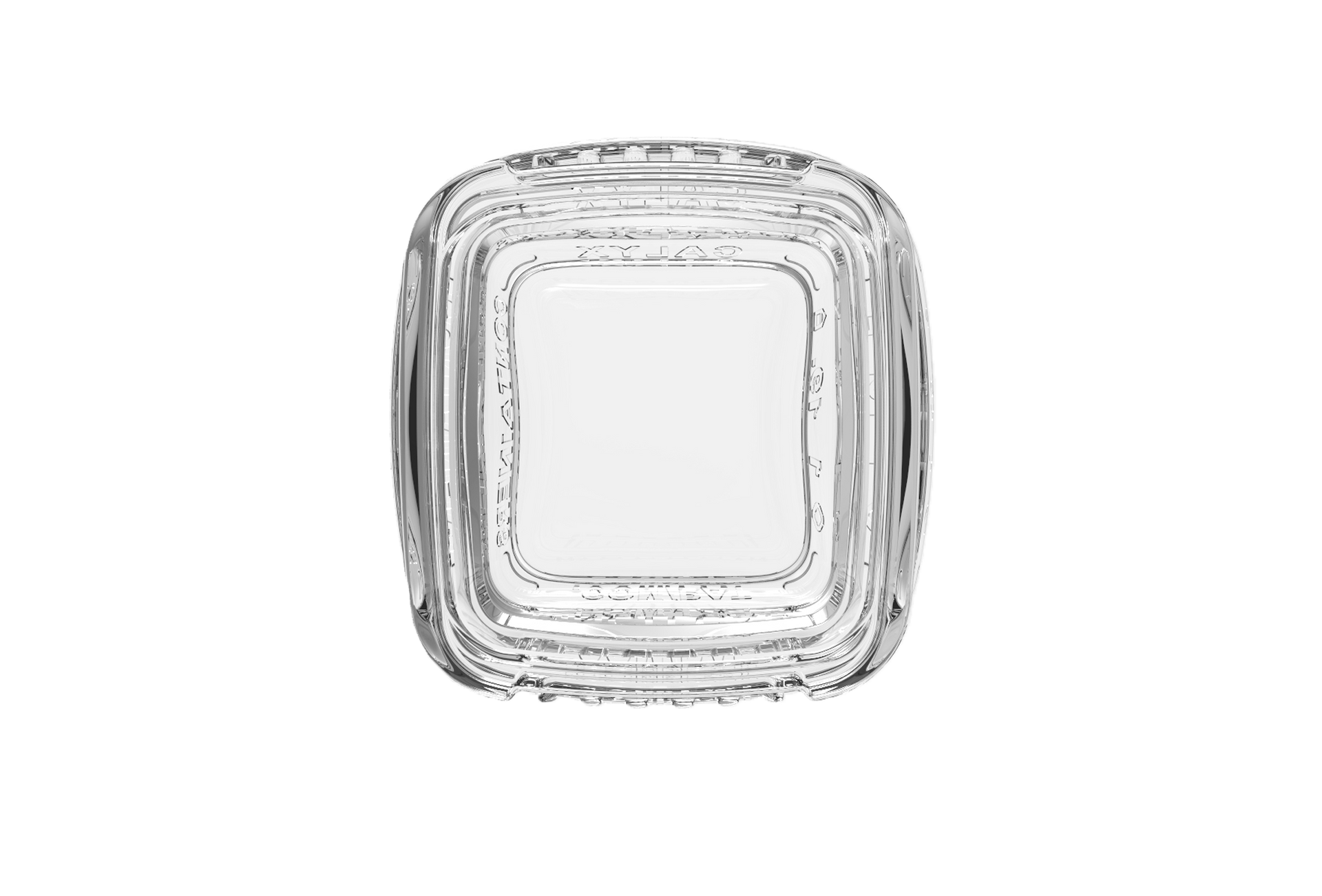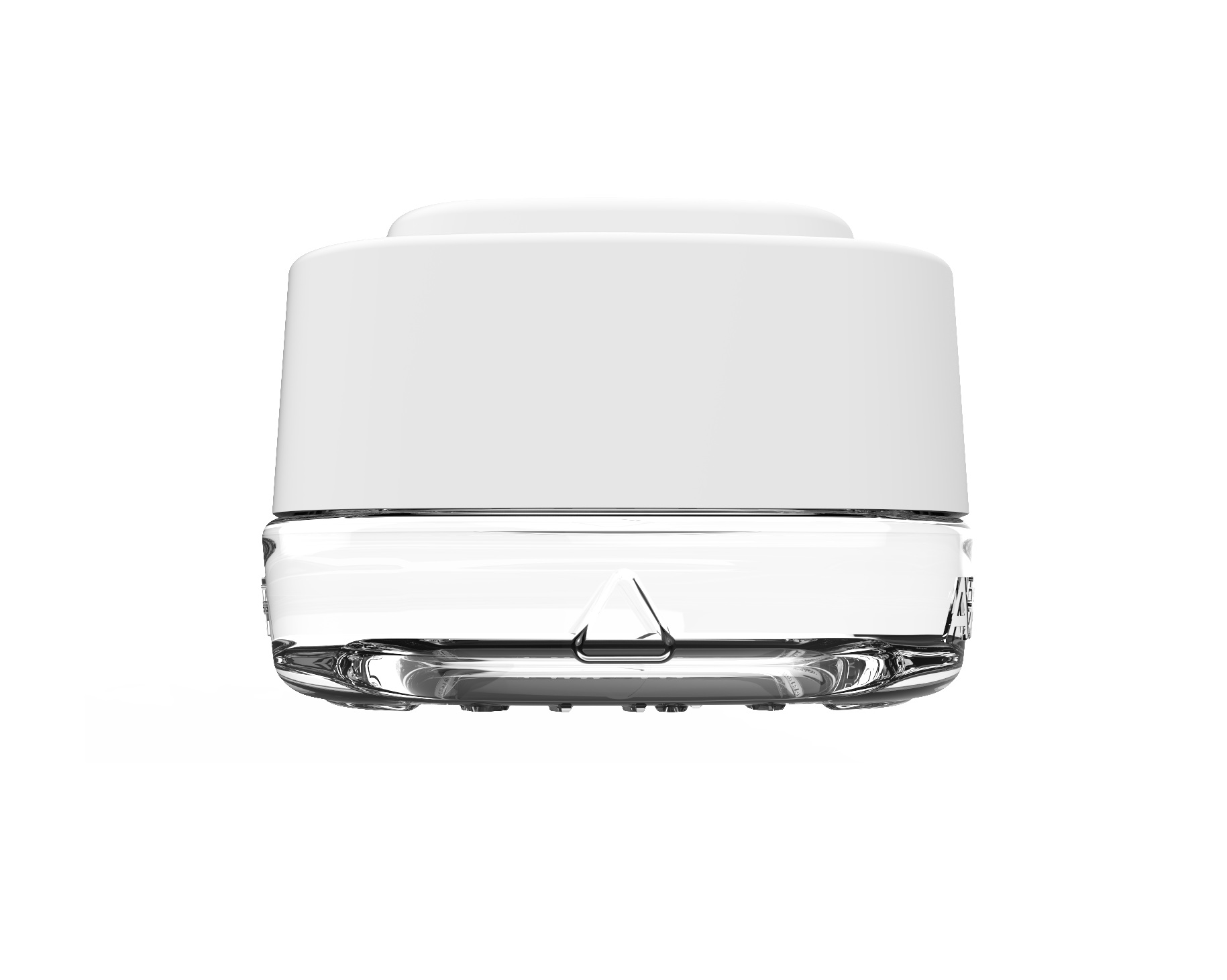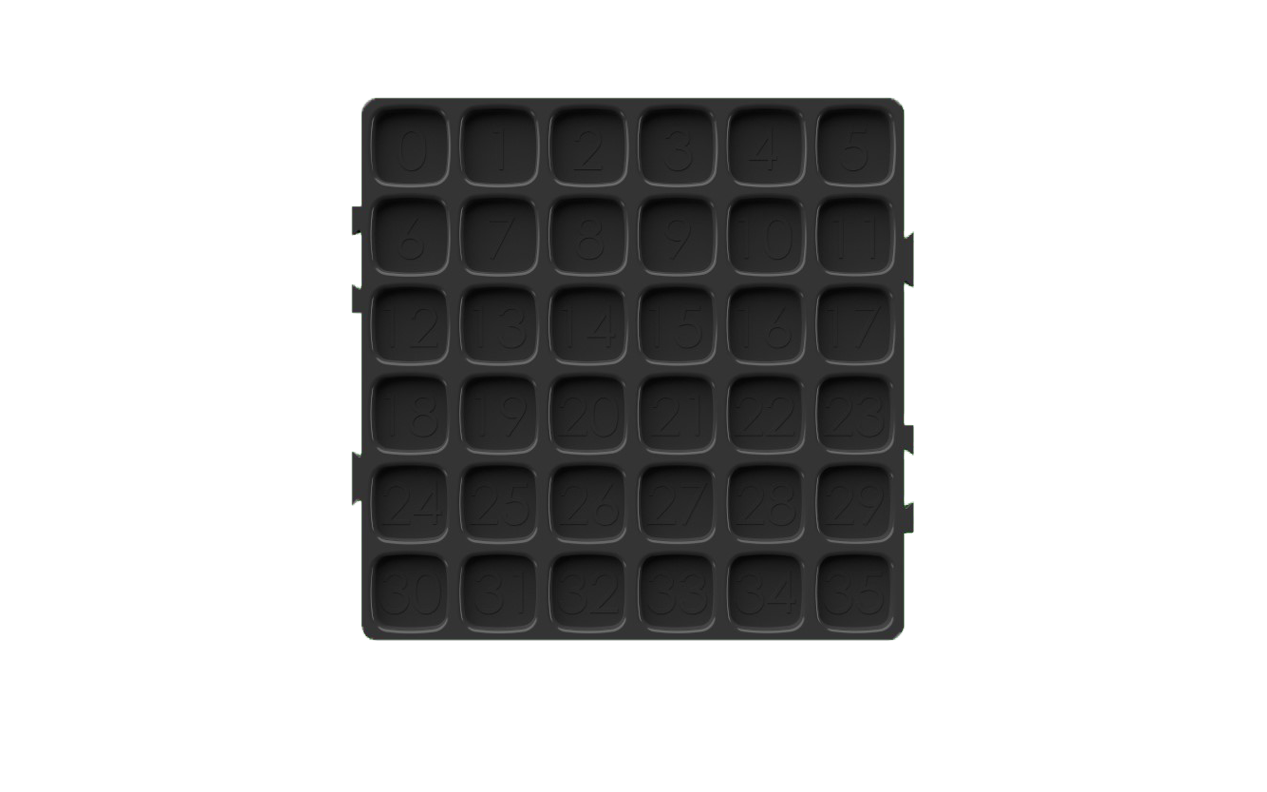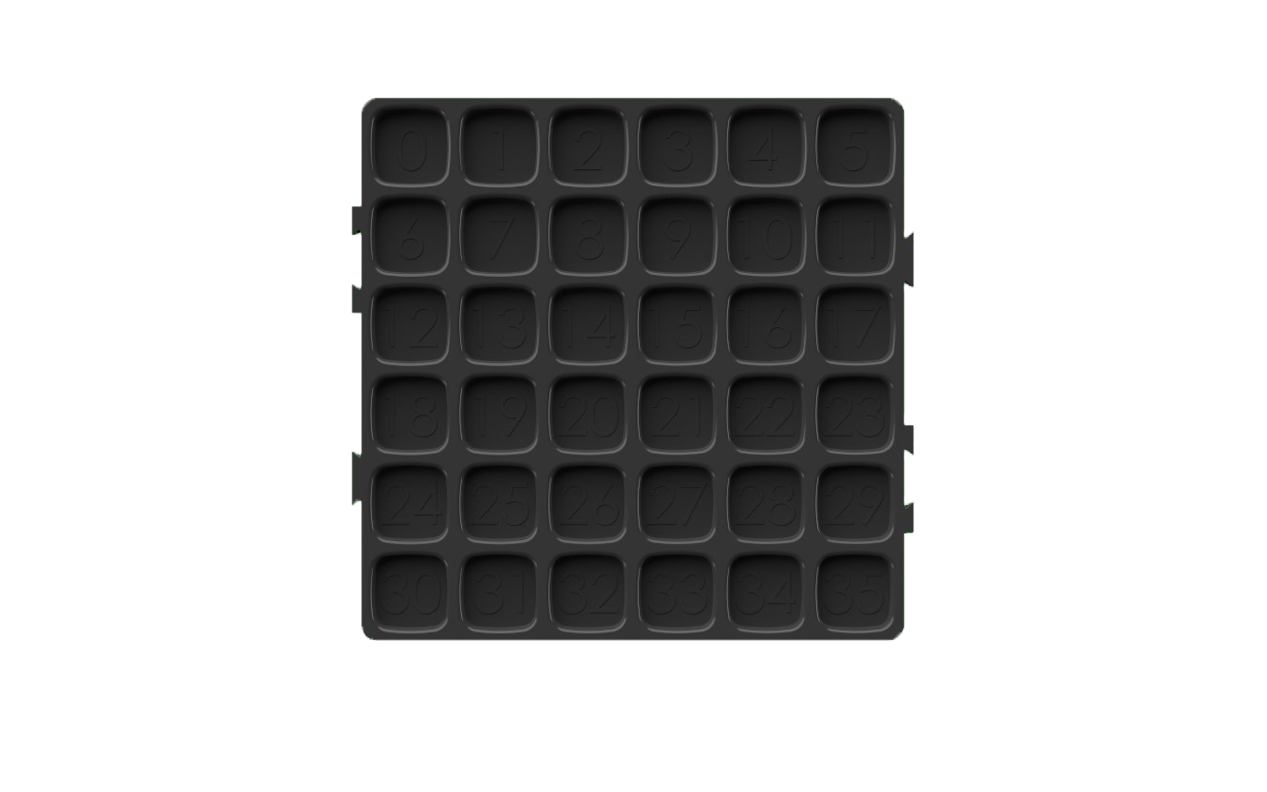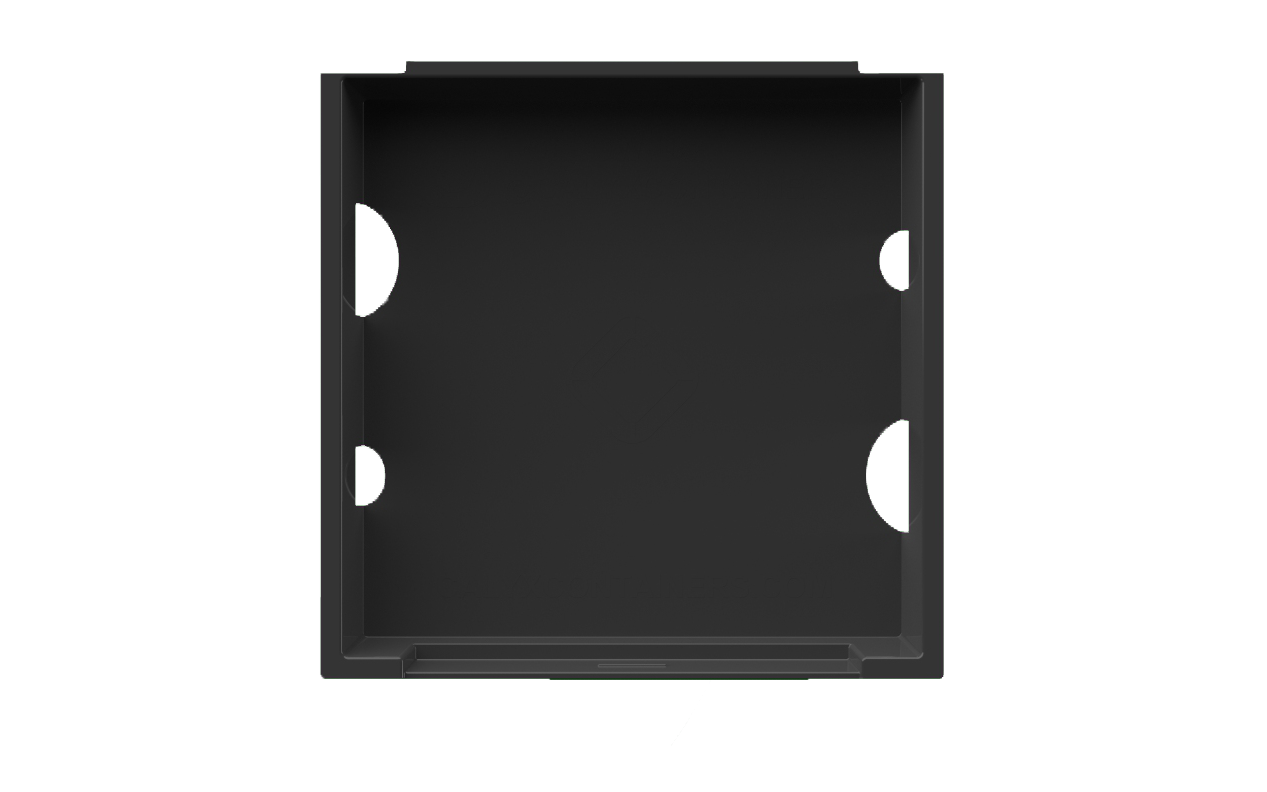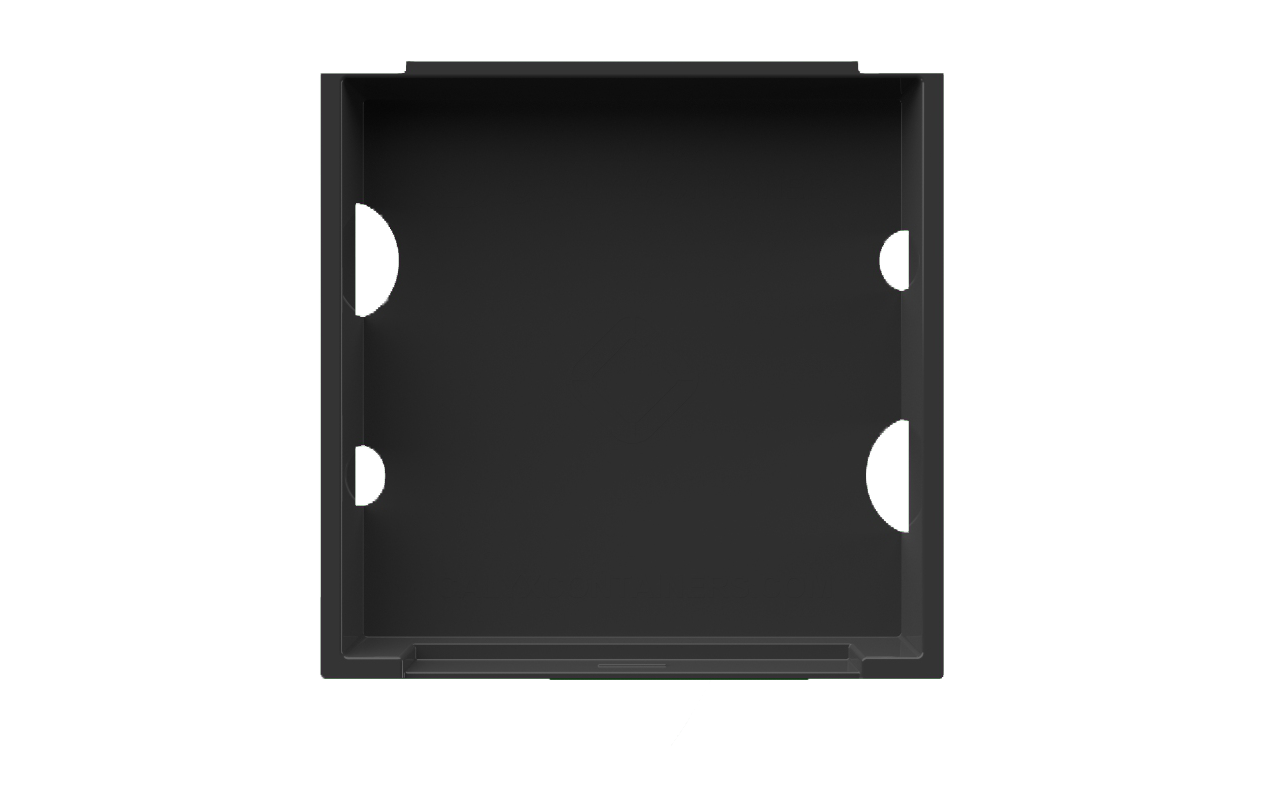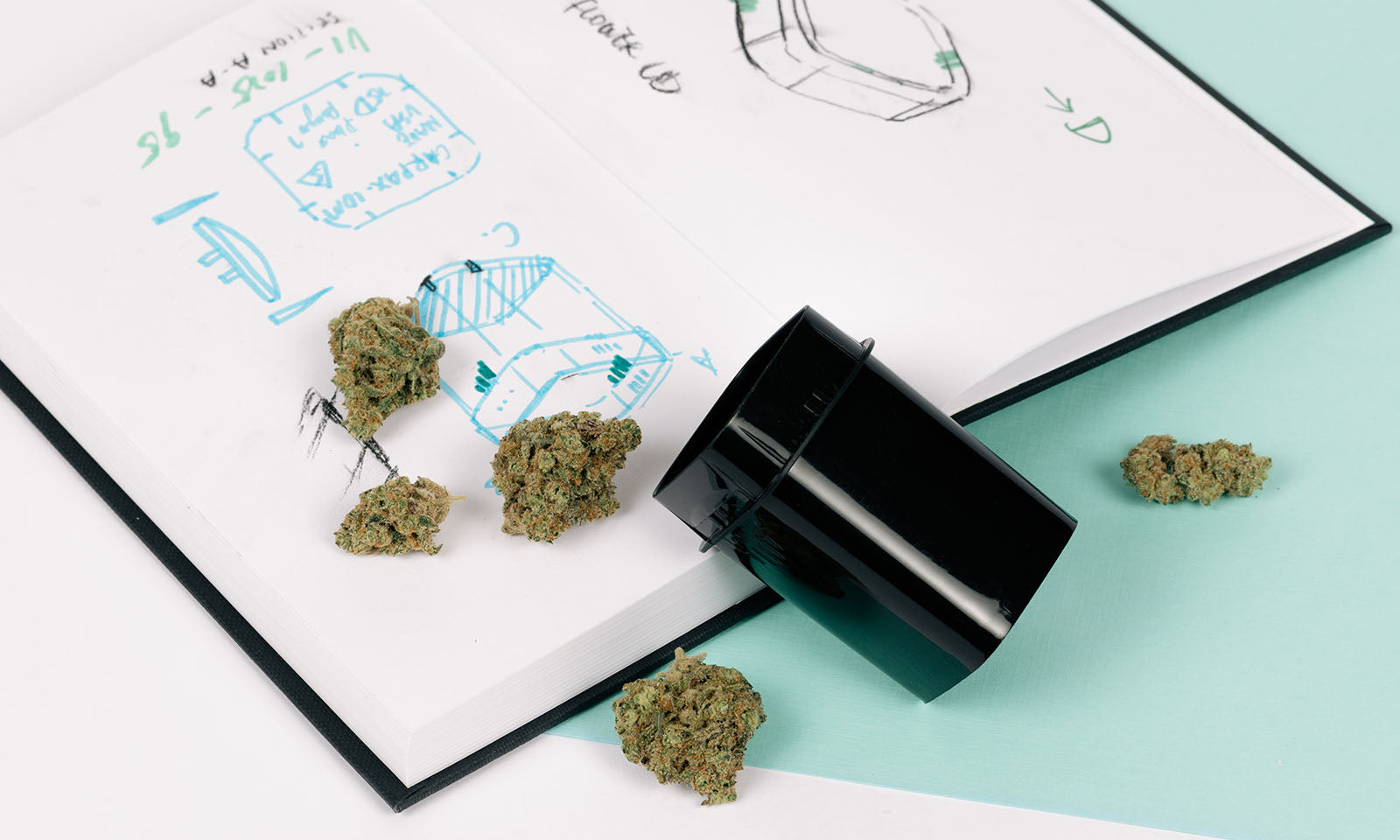For cannabis cultivators, few moments are as satisfying as a fully mature, resin-coated plant ready for harvest. But your work doesn’t stop there. One of the most essential, and often overlooked, steps between harvest and curing is weed trimming. Done right, trimming transforms your flower from a leafy bud into a market-ready product (after cannabis curing) that looks better, smokes smoother, and stores longer.
In this guide, we’ll walk through everything you need to know about trimming cannabis, including:
- When to trim cannabis (timing matters)
- How to trim cannabis (wet vs. dry trimming)
- What you use to trim cannabis (from trimming scissors for weed to weed trimming machines)
- How trimming affects quality, shelf appeal, and curing success
Whether you’re growing at home or managing a commercial cultivation operation, understanding the art and science of trimming will elevate your product and preserve the quality you worked so hard to grow.
Why Trimming Cannabis Matters
Trimming isn’t just about aesthetics. It impacts every stage of post-harvest, from drying to curing to consumer experience. Here’s why trimming is so important:
- Improves Bag Appeal: Removing excess sugar leaves gives buds a cleaner, more attractive look - which matters on dispensary shelves.
- Reduces Harshness: Sugar leaves contain more chlorophyll and less THC than the buds themselves. Leaving too many on can create a harsh or grassy smoke.
- Enhances Curing: Trimmed buds dry more evenly, making curing more predictable and effective.
- Prevents Mold: Loose or overly leafy buds retain more moisture, increasing the risk of mold during drying and storage.
Simply put, proper weed trimming boosts both the quality and value of your cannabis flower.
When to Trim Cannabis
Trimming is done immediately after harvest or after drying, depending on your chosen technique:
Wet Trimming
This method involves trimming your cannabis immediately after cutting it down. The plant is still fresh, and the leaves are soft and pliable.
Benefits:
- Easier to trim (leaves stand out more when wet)
- Faster drying time due to reduced moisture
- Ideal for humid environments where mold is a risk
Drawbacks:
- Stickier and messier
- Can be more labor-intensive
- Less forgiving if curing conditions aren’t dialed in
Dry Trimming
In this method, you hang the plant (whole or in branches) to dry before trimming. Once the buds are dry to the touch, trimming begins.
Benefits:
- Gentler on trichomes
- Preserves terpenes better in controlled environments
- Preferred for large-scale or high-end craft cannabis
Drawbacks:
- Harder to trim (leaves curl inward and become brittle)
- Longer drying time
- Higher mold risk if not dried properly
Which is better? It depends on your workflow and climate. Wet trimming may be faster for small-scale grows, while dry trimming is favored by high-end producers aiming for maximum terpene retention.
Tools for Trimming: From Scissors to Weed Trimming Machines
What you use to trim cannabis depends on your scale, budget, and desired outcome. Let’s break down the most common tools.
Trimming Scissors for Weed
These fine-tipped, spring-loaded shears are the gold standard for hand-trimming.
Look for:
- Curved blades to follow bud contours
- Non-stick coating for easy cleanup
- Ergonomic grips to reduce fatigue
Best for:
- Craft or boutique growers
- Precision trimming
- High-end flower that needs extra care
Pro tip: Keep multiple pairs on hand and clean regularly with rubbing alcohol to avoid resin buildup.
Pruning Shears
Used for cutting down branches or separating large colas before fine trimming. Not ideal for delicate trim work.
Best for:
- Harvesting
- Initial bucking (removing buds from stems)
Weed Trimming Machines
As cannabis operations scale, many turn to weed trimming machines to save time and labor costs.
Types of Trimming Machines:
- Wet Trimmers: Use blades or tumblers to trim freshly harvested buds
- Dry Trimmers: Gentle tumbling or vibrating screens for dry buds
- Hybrid Trimmers: Allow both wet and dry operation
Benefits:
- Speed — machines can process pounds per hour
- Labor savings — fewer staff required
- Uniformity — consistent results (with some trade-offs)
Drawbacks:
- Initial investment
- Potential trichome loss if not used carefully
- Requires regular cleaning and maintenance
For large-scale harvests, trimming machines offer efficiency. For top-shelf flower, many still rely on careful hand-trimming.
How to Trim Cannabis: Step-by-Step
Whether you’re hand-trimming or using a machine, the core process is the same.
-
Harvest
- Cut whole plants or branches depending on drying method.
-
Buck
- Remove buds from main stems (after drying if dry trimming).
-
Remove Fan Leaves
- These large leaves contain minimal trichomes and are discarded first.
-
Trim Sugar Leaves
- Using trimming scissors for weed, carefully cut away the small leaves sticking out of the bud.
- Avoid cutting into the bud itself or removing visible trichomes.
-
Shape and Clean
- Give the bud a uniform shape without over-trimming.
- Remove any browned or dead material.
-
Collect Trim
- Save sugar leaves and small buds for extraction or edibles.
-
Cure Properly
- Place finished buds into curing containers and follow a proper curing protocol (more on this later).
Common Mistakes When Trimming Weed
Even experienced growers sometimes slip up. Avoid these trimming mistakes:
- Over-trimming: Removing too many sugar leaves can reduce yield and damage buds.
- Under-trimming: Leaving too much foliage can result in harsh flavor and poor aesthetics.
- Improper drying before dry trim: Too dry, and the leaves crumble; too moist, and you risk mold.
- Neglecting equipment cleaning: Sticky scissors or dirty machine parts ruin efficiency and product quality.
- Trimming too fast: Especially with machines, rushing can damage trichomes and reduce potency.
Take your time — the final presentation and smoke quality are worth it.
Trimming for Different End Products
Not all cannabis is destined for jars. Trimming approach may change depending on your final product:
- Premium Flower: Focus on aesthetics — tight, uniform trimming
- Pre-Rolls: Less precision needed; speed may take priority
- Extraction: Leaves more sugar leaf intact; terpene and cannabinoid preservation matters more than appearance
Always align your trim method with the end product’s purpose and market tier.
The Link Between Trimming and Cannabis Curing
Trimming and curing go hand in hand. A poorly trimmed bud can cure unevenly or develop mold, while a perfectly trimmed and cured flower maximizes flavor, potency, and shelf life.
Want to streamline your curing process?
Check out Calyx Cure, a self-regulating cure bag designed to maintain ideal humidity levels — no burping or humidity packs needed. It’s curing made simple, repeatable, and scalable.
Final Thoughts: Mastering the Art of Weed Trimming
Weed trimming may seem tedious, but it’s one of the most impactful stages in cannabis cultivation. Whether you prefer a weed trimming machine for speed or trimming scissors for weed to perfect each nug, the effort you put into trimming shows in the final product.
From controlling mold and preserving terpenes to enhancing shelf appeal, proper trimming lays the foundation for a great cannabis experience.
Want more cannabis cultivation tips, best practices, and post-harvest strategies?
Explore our full collection of cannabis cultivation blogs — and take your grow operation to the next level.
